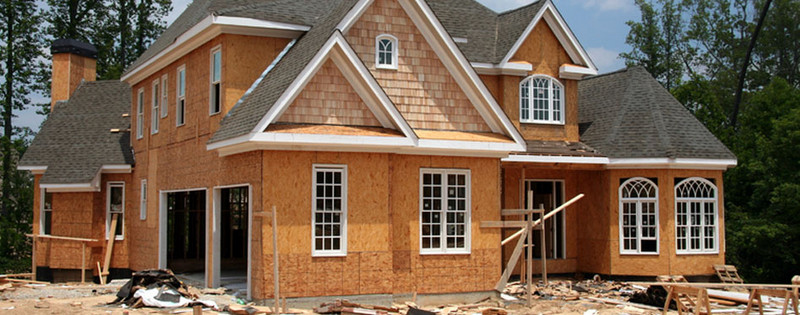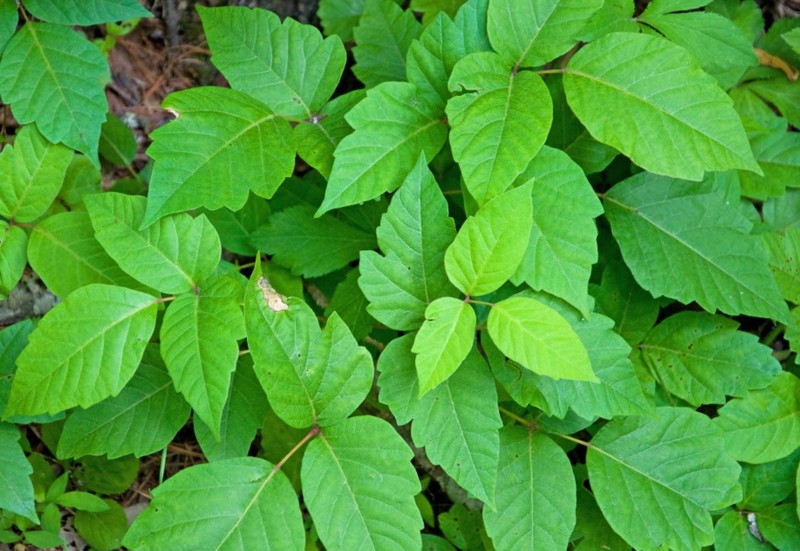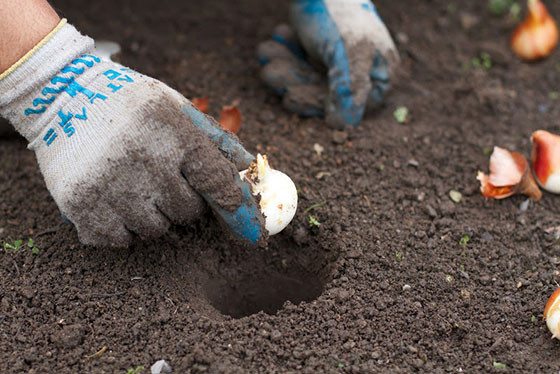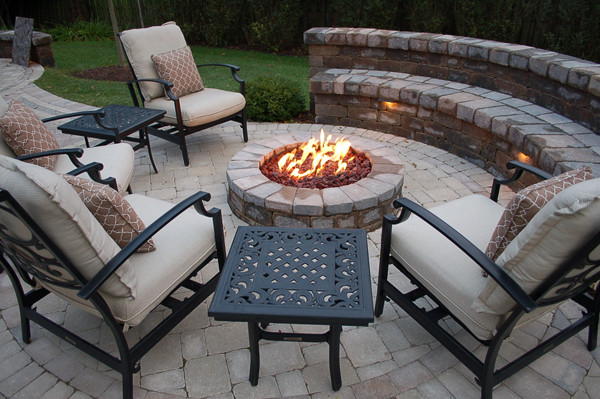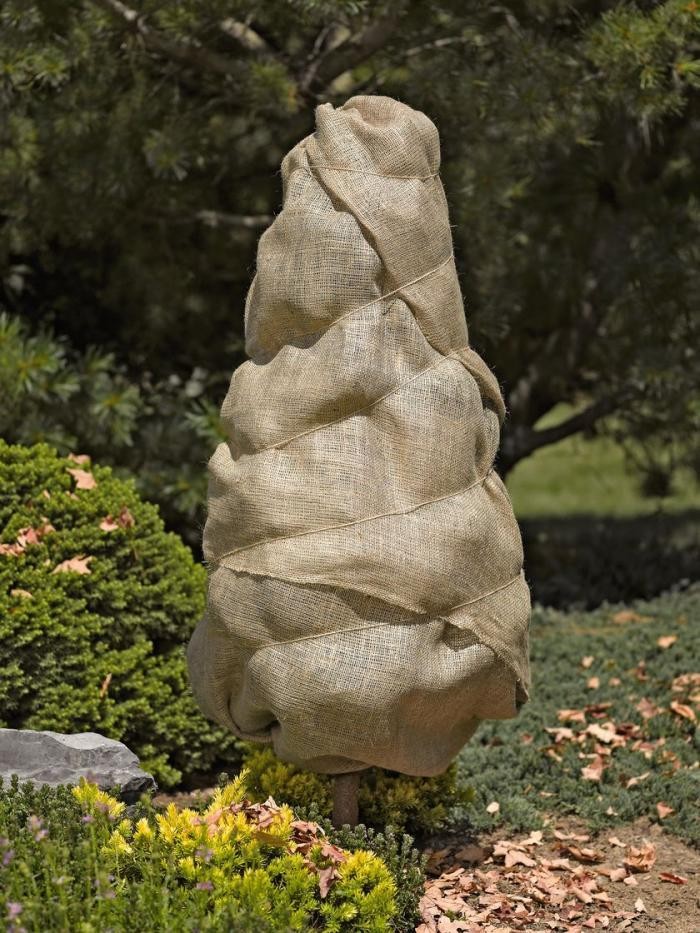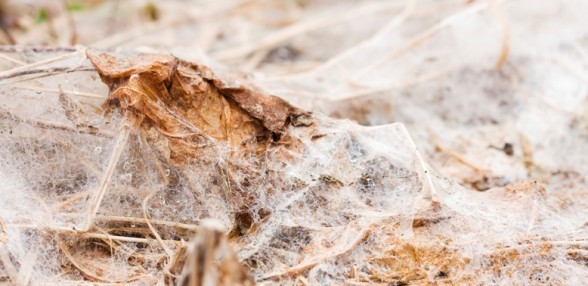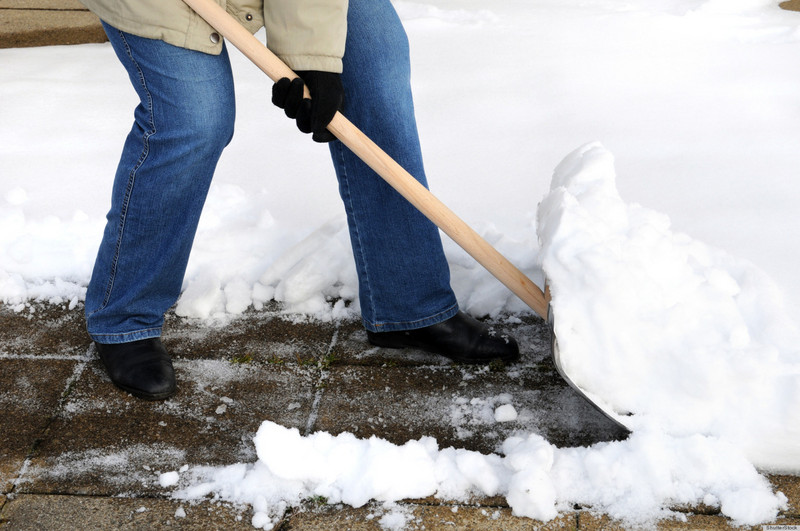 Buffalo & WNY Lawn & Landscape Blog
Buffalo & WNY Lawn & Landscape Blog
7 Simple Steps to Correct Spots in Your Lawn

When small areas in your lawn die, you can repair them by preparing the soil and planting new grass. This is a fairly simple process. The landscape maintenance project as I outlined below took only 15 minutes. If your area is larger or had I repaired the entire the entire problem area pictured above it will obviously take more time.
The first step in repairing your grass by any method is to figure out what went wrong in the first place to cause the dead areas and fix it. Grass can die for any number of reasons and unless the problem is corrected sooner or later the problem will reappear.
Start by thoroughly inspecting the dead spot. Look for soil compaction, shade issues, disease and insect problems or water drainage issues.
The spots in the lawn pictured above were caused by improper pesticide use, such as Roundup® to spray the weeds in the turf. (which is more common than you might think)
Below are the simple steps you could use to fix the bare spots in the above lawn.
Preparing the Soil
1- Remove All the Grass in the Problem Spot
Dig up and remove the grass in the problem area. I find it easiest to wet the soil briefly first to make the soil easier to work with. Outline the problem area with a flat spade shovel. Enlarge the area slightly to make work easier and to ensure entire problem area is removed.
Using the same flat spade shovel (I actually like to sharpen the edge a bit first) remove the top layer of remaining turf and soil. Work from the middle out until the shovel hits the deep edge you created when making the border.
2 - Loosen the Soil
Turn over the soil using a spade shovel (has a rounded or pointed end). Be sure to get about 4" in depth. This breaks up soil compaction making it easier for your new seedling's roots to grow deeper with more ease.
Remove any stones, roots or other plant materials that may hinder the growth of your new grass as you work.
3 - Amend the Soil
The health of your lawn and new plantings depend upon the soil in which it is planted. By placing organic matter into your loosened topsoil you can greatly improve the growing conditions for your lawn's roots. Enrich the soil with compost or a commercial bagged product from your garden center. The darker the color of the soil more organic material and nutrients there are in it. Work the organic material into the soil using the spade and or garden rake.
4 - Level the Surface
Use your garden rake to level and create a smooth surface. Since in this example we are using seed the soil surface should be the same level as the surrounding soil (or slightly higher to allow for settling). If you were using sod you purchased or transplanted from another location, the soil should be 1" lower to allow for the depth of the sod's soil and roots. Take care the surface is even with no low or high spots. This will create a lumpy end result and depressions can collect water which lead to disease.
5 - Spread the Seed
If you are repairing the damaged area with seed, be sure to spread it at the rate as described on the seed packaging. Since I am only spot seeding a small area I am doing by hand. For a larger area you will want to use either a small hand spreader or wheeled fertilizer spreader typically used on your lawn. Rake a thin layer of soil over the seeds. Apply a starter fertilizer to assist with jumpstarting the seed growth and ensuring strong roots. Pick a quality grass seed that matches both the type of grass currently growing in your lawn and the requirements of the area it is to grow in.
6 - Apply Mulch Covering
Cover the seeded area with a protective layer of mulch. Typical materials utilized for this are straw, peat moss, or other commercially available products such as the PennMulch I am using in the photo to the left. This product is made of recycled newspaper conserves moisture well and contains starter fertilizer as well to improve see establishment. The actual product used is not as important as what the products do for you. Conserve moisture, increase turf density and minimize weed seeds from finding your freshly prepared fertile soil.
7 - Keep Soil Moist Until Seeds Sprout
Seeds that dry out will die. Once this occurs no matter how much you water them you will have to replant. Depending upon your soil conditions and the weather, you may have to water the seeds several times a day. Knowing that this is not always possible aim for a minimum of two times per day. Keep the soil moist, but not so wet that it is soggy or with water collected on the surface. This condition will actually kill your seeds as well. Expect to see seedlings within 4-7 days depending on weather conditions and seed type. You grass should be ready to mow once they reach around 4" in height or in about 2 weeks.


